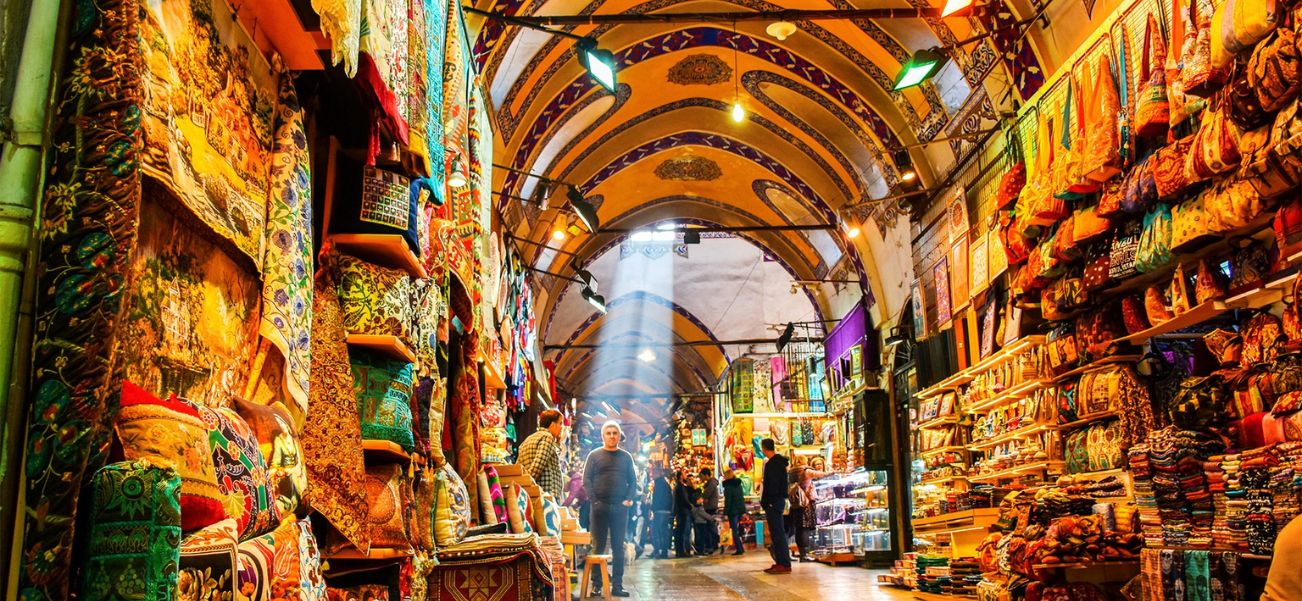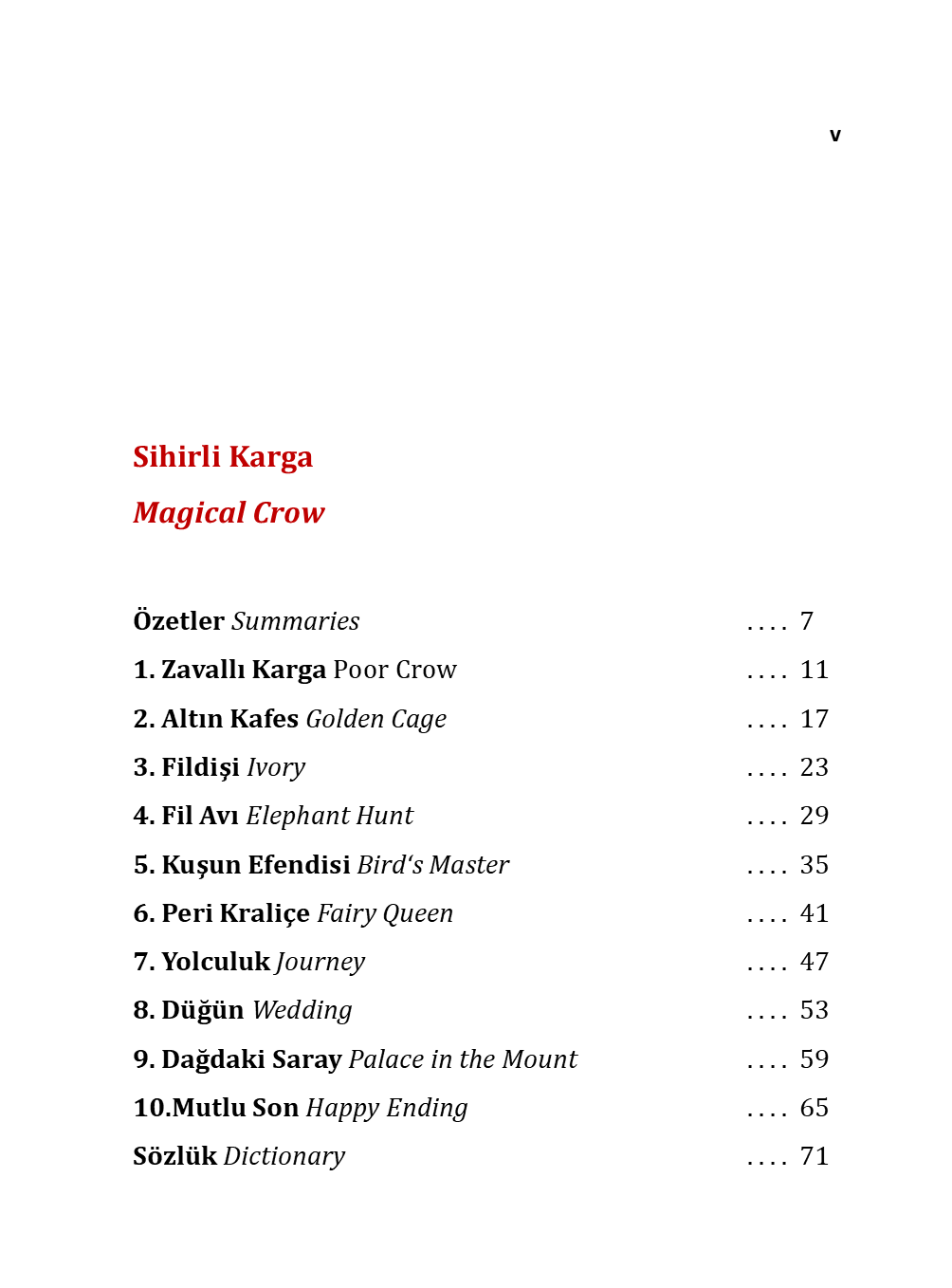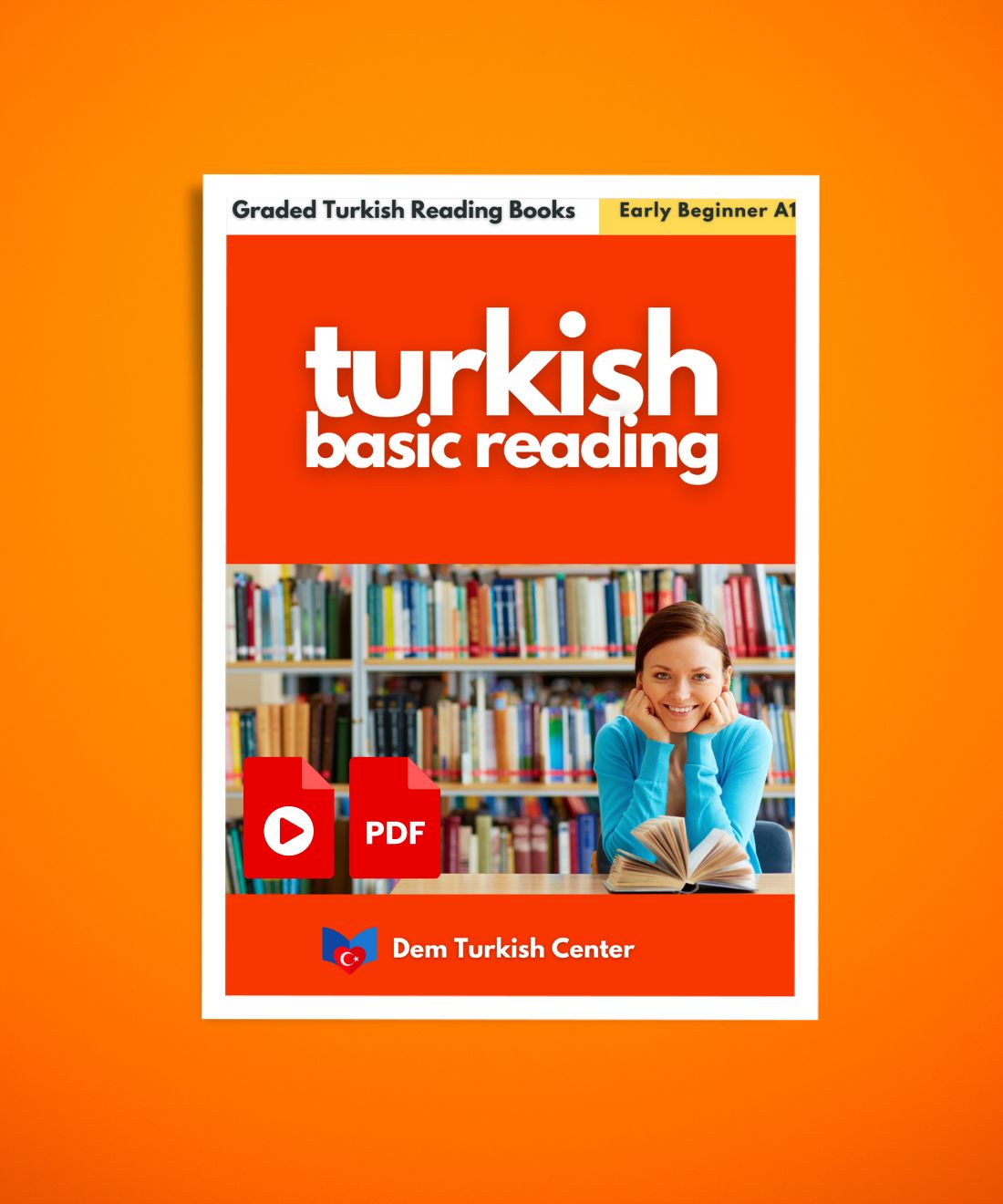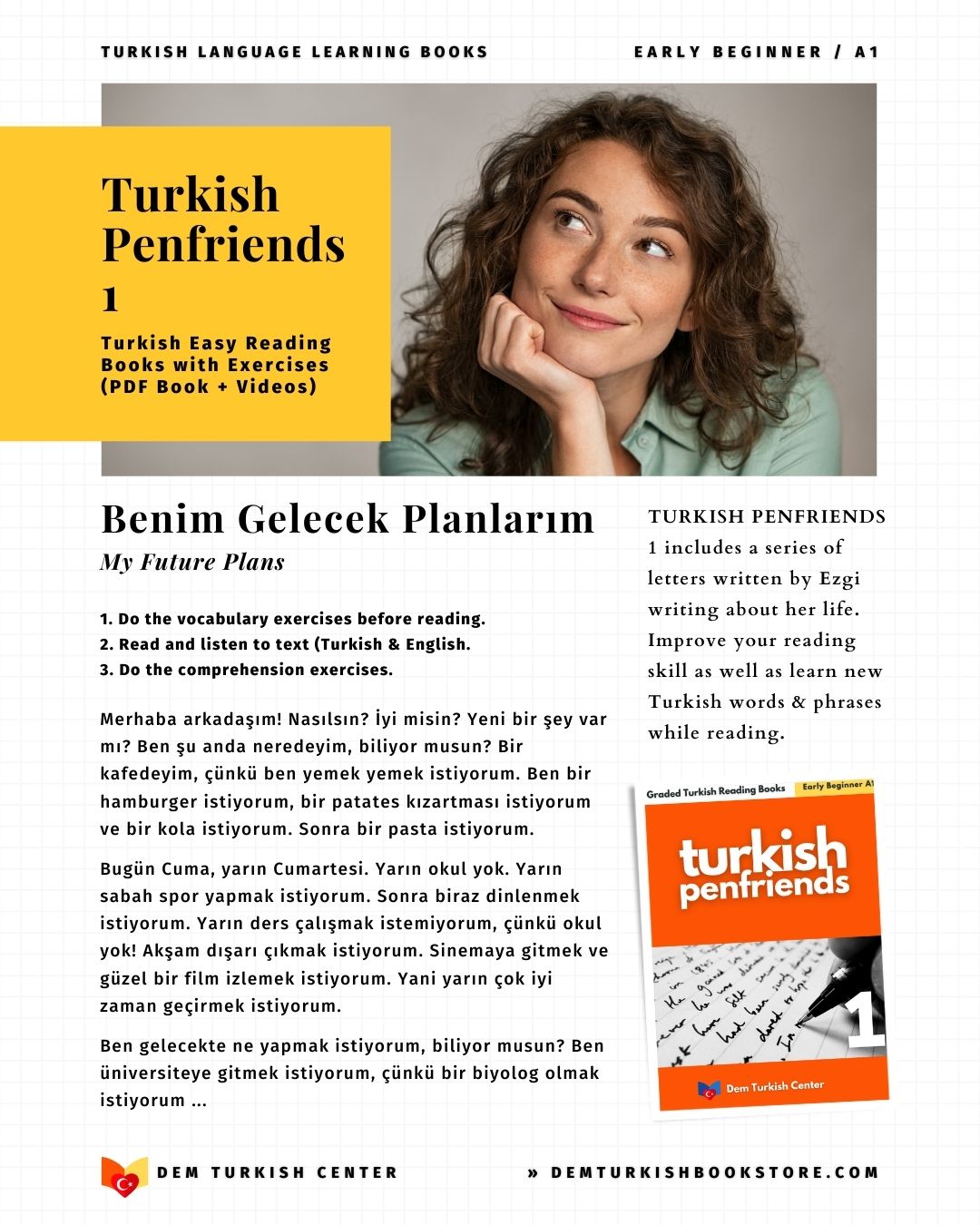
Grand Bazaar Istanbul: A 550-Year-Old Shopping Mall & Cultural Heart Of Istanbul
Close your eyes and listen. Can you hear it? The distant, melodic call to prayer weaving through the air, competing with a symphony of chatter in a dozen languages. The rhythmic clink of tea glasses. The gentle hum of centuries-old stories whispered between the cobblestones. Now, open them. You are standing at the threshold of one of the world's oldest and most magnificent covered markets, a place that is not just a destination, but a living, breathing entity. Welcome to the Grand Bazaar, Istanbul – a labyrinth of history, commerce, and culture that has been the pulsating heart of this legendary city for over half a millennium.
This isn't just a shopping trip; it's an expedition. With over 4,000 shops, 61 covered streets, and a daily influx of between 250,000 and 400,000 visitors, the Grand Bazaar (or "Kapalıçarşı" in Turkish, meaning "Covered Market") is a city within a city. It’s a place where the East truly meets the West, where the scent of rich Turkish coffee mingles with the aroma of soft leather and shimmering gold, and where every turn promises a new discovery.
ISTANBUL'S GRAND BAZAAR: YOUR ULTIMATE GUIDE TO ISTANBUL'S 550-YEAR -OLD SHOPPING MALL
Listen to this podcast interview about the Grand Bazaar:
RECOMMENDED READING The Ultimate Istanbul Travel Guide: Discover The Soul Of Two Continents
A Stroll Through History: The Foundations of an Empire

To understand the Grand Bazaar is to understand the soul of Istanbul itself. Its story begins not long after the Ottoman Sultan Mehmed the Conqueror took Constantinople in 1453. Visionary and ambitious, he sought to establish his new capital as a global economic powerhouse. Around 1455-56, the first two "bedestens"—massive, fortified stone structures with domed roofs designed to house and protect valuable goods—were constructed.
The "İç Bedesten" (Inner Bedesten), also known as the "Cevahir Bedesten", was the original core. Built of thick stone walls and secured with iron gates, it was designed to safeguard the empire's most precious commodities: jewels, gold, silks, and weapons. This structure still stands today as the historical and geographical anchor of the Bazaar. Soon after, the "Sandal Bedesten" was added, specializing in textiles.

The genius of the Grand Bazaar’s design was its organic growth. Over the following centuries, as the Ottoman Empire flourished, the market expanded exponentially. Artisans and merchants of every trade—carpet weavers, leatherworkers, metal smiths, bookbinders—gathered around the secure bedestens, building their own shops and workshops ("han" or "caravanserai"). Streets were covered to protect from the elements, creating the vast, labyrinthine network we know today. By the 17th century, it had taken its current form, a monumental testament to Ottoman urban planning and commercial acumen.
Discover Istanbul beyond Sultanahmet (Podcast Interview)
Navigating the Labyrinth: A Guide to the Grand Bazaar's Soul
Stepping inside from one of its 22 gates—the most famous being the "Nuruosmaniye Gate"—can be overwhelming. The key is not to fight the chaos, but to embrace it. Let’s break down this magnificent maze.

Best Turkish Souvenirs To Buy In Istanbul
The Main Streets & Districts:
While it may seem random, the Grand Bazaar is loosely organized by trade, a tradition that dates back centuries.
- The Gold & Jewelry Quarter Follow the shimmer. The streets surrounding the İç Bedesten, particularly "Kalpakçılar Caddesi", are a breathtaking spectacle of brilliance. Here, windows are stacked with intricate gold bracelets, necklaces set with precious stones, and modern designs that blend ancient motifs with contemporary flair. This is the financial heart of the Bazaar, where multi-million dollar deals are still sealed with a handshake and a glass of çay.
- The Carpet & Kilim Haven No visit to Turkey is complete without admiring its textile heritage. In the quieter, more intimate lanes, you'll find shops overflowing with magnificent carpets and kilims. From lush silk Hereke carpets, woven with impossible detail, to rustic, woolen Anatolian kilims telling ancient tribal stories, this is a museum where you can make a purchase. The shopkeepers are often connoisseurs who will happily spend an hour unfurling their treasures and explaining the symbolism woven into each thread.
- The Leather & Suede Bazaars Head towards the "Sandal Bedesten" and its surrounding areas to find sumptuous leather goods. Jackets, bags, wallets, and shoes of exceptional quality are available at prices that are often a fraction of what you'd pay back home. The smell alone is intoxicating.
- Ceramics & Tiles (Çini) A riot of cobalt blue, emerald green, and fiery red awaits in the ceramic shops. Inspired by the glorious "Iznik tilework" that adorns mosques and palaces across Turkey, these hand-painted plates, bowls, and tiles make for stunning souvenirs. Look for the traditional patterns: tulips, carnations, and the intricate "rumi" motifs.
- Antiques & Copperware For history buffs, the "İç Bedesten" itself is a treasure trove. While some shops now sell more general goods, you can still find antique dealers, coin collectors, and vendors selling beautiful, hand-hammered copperware and brass decor.
20 Essential Istanbul Travel Apps For Your Vacation
The Atmosphere & The Ritual:

The real magic of the Grand Bazaar isn't in any single item you can buy; it's in the intangible experience.
- The Art of the Deal Haggling is not just accepted; it's expected. It’s a dance, a cultural ritual built on respect and good humor. Never see it as a confrontation. Start with a friendly conversation, accept the obligatory glass of tea ("çay"), show genuine interest, and then begin the negotiation. Offer around 50-60% of the initial asking price and meet somewhere in the middle. A smile is your most powerful currency.
- The Language of Çay The offering of tea is a sacred gesture of hospitality in Turkey. If a shopkeeper offers you a glass, accept it. It doesn't obligate you to buy, but it opens a door to a more human interaction. It’s a moment to pause, connect, and see beyond the merchant-customer relationship.
- Look Up In the hustle and bustle of the crowds and shop windows, it's easy to forget the architecture itself. Look up at the painted, vaulted ceilings, the intricate ironwork on the fountains, and the ancient Ottoman script above gateways. These are the original features that have witnessed centuries of trade.
Beyond Shopping: Experiencing the Grand Bazaar's Hidden Gems

The Grand Bazaar is more than its shops. To experience it fully, you must seek out its quieter, more authentic corners.
- Historic Cafes & Restaurants Tucked away in secluded courtyards or on upper floors are some wonderful eateries. "Havuzlu Restaurant", established in the 1950s around a central fountain ("havuz"), offers a tranquil escape and delicious traditional Turkish food. It’s a favorite among locals working in the Bazaar.
- The Hammams Within the Bazaar's boundaries, you can find traditional Turkish baths. While not as grand as the historic hammams outside, they offer an authentic and convenient way to experience this quintessential Turkish ritual.
- The People The true soul of the Bazaar is its people. The third-generation jeweler who can trace his craft back to his grandfather, the carpet seller with an encyclopedic knowledge of Anatolian patterns, the young tea bearer ("çaycı") expertly balancing a tray of glasses through the throngs—they are the keepers of the Bazaar's living history.
Practical Tips for the Modern Traveler

To make the most of your visit, a little preparation goes a long way.
- Best Time to Visit Mornings (especially weekdays) are less crowded. Avoid Saturdays, as it's packed with local shoppers. The Bazaar is closed on Sundays.
- Getting There The most convenient way is to take the tram (T1 line) and get off at either the "Beyazıt-Kapalıçarşı" or "Çemberlitaş" stops.
- What to Wear Wear comfortable walking shoes—you'll be on your feet for hours. Dress respectfully; while it's a tourist spot, it's also a working market in a conservative country.
- Money & Safety Bring cash (Turkish Lira), as it gives you more bargaining power, though most larger shops accept credit cards. The Grand Bazaar is generally very safe, but as with any crowded tourist spot, be mindful of your wallet and purse.
- Getting Lost is the Point Don't be afraid to lose the map. Some of the best discoveries are made in the narrow, unnamed alleys far from the main thoroughfares. The Bazaar is contained, and you'll always find your way back to an exit eventually.
A Living Legacy in a Changing World

The Grand Bazaar has survived earthquakes, fires, and the dramatic shift from empire to republic. Today, it faces new challenges: the rise of global fast fashion, the ease of online shopping, and a changing tourist demographic. Yet, it endures. It has evolved, welcoming new trades while fiercely protecting its old ones. You can now find trendy souvenir t-shirts alongside antique silver *nazar* (evil eye) charms, a perfect metaphor for Istanbul itself—a city forever balancing its profound history with an unstoppable momentum towards the future.
As you finally step out from the dim, bustling interior back into the bright Istanbul sunlight, you'll carry more than just a beautifully woven carpet or a hand-crafted lantern. You'll carry the echo of a thousand conversations, the warmth of Turkish hospitality, and the indelible memory of having walked through a living page of history. The Grand Bazaar isn't just a place you visit; it's a place that visits you, lingering in your senses long after you've left its ancient gates behind.
So, when you come to Istanbul, don't just "go" to the Grand Bazaar. Let yourself be absorbed by it. Get lost in its stories, engage in its rituals, and become a part of its endless, vibrant, and unforgettable narrative.
Enjoy your trip to Istanbul!












